Cowden Syndrome Diagnostic Criteria
Cowden syndrome diagnostic criteria. Physicians diagnose Cowden syndrome using a combination of criteria that were originally set by the International Cowden Syndrome Consortium and have been slightly revised over time. The main manifestation of the condition is the development of bilateral benign brain tumors in the nerve sheath of the cranial nerve VIII which is the auditory-vestibular nerve that. Fine-needle aspiration FNA techniques common cytopathologic findings and evaluation and management issues specific to indeterminate cytologies are reviewed elsewhere.
However only 79 34 of 230 patients who met the diagnostic criteria for Cowden syndrome were found to carry a PTEN mutation. 2 or more major criteria one must be macrocephaly Source. Any single major criterion with or without minor criteria is met.
Researchers have identified more than 300 mutations in the PTEN gene that can cause Cowden syndrome or a similar disorder called Cowden-like syndrome. See Thyroid biopsy See Atlas of thyroid cytopathology. Phakomatoses are a group of neurocutaneous disorders characterized by the involvement of structures that arise from the embryonic ectoderm thus central nervous system skin and eyes.
Annu Rev Clin Psychol 2015. JAAD Case Reports is an open access journal dedicated to publishing case reports related to diseases of the skin hair and nails. Will the real Cowden syndrome please stand up.
Neurocutaneous syndromes phakomatoses are a diverse class of congenital disorders that affect organs of ectodermal origin especially the skin. A diagnosis of LFS and performing TP53 gene mutation testing is considered for anyone with a personal and family history that meets 1 of the following 3 criteria. Patients with features of Bannayan-Riley-Ruvalcaba syndrome BRRS and with features reminiscent of but not meeting diagnostic criteria for Proteus syndrome called.
Suggestions of the European consortium care for CMMRD C4CMMRD. Musculoskeletal manifestations of neurofibromatosis type 1 NF1 or von Recklinghausen disease are relatively common among these patients with skeletal abnormalities occurring in up to 50 of them 1. It is often underdiagnosed due to variability in disease presentation but 99 of patients report mucocutaneous symptoms by age 20-29.
When the strictest diagnostic criteria are used patients with a personal and family history of Cowden syndrome CS features have up to an 85 chance to have a PTEN mutation. Wimmer K et al.
Patients with features of Bannayan-Riley-Ruvalcaba syndrome BRRS and with features reminiscent of but not meeting diagnostic criteria for Proteus syndrome called.
For a general discussion of the underlying condition please refer to the article on neurofibromatosis type 1. Diagnosis in a family in which one individual is diagnostic for Cowden disease is made when. Patients with features of Bannayan-Riley-Ruvalcaba syndrome BRRS and with features reminiscent of but not meeting diagnostic criteria for Proteus syndrome called. Chompret Criteria for Clinical Diagnosis of Li-Fraumeni Syndrome is a recent set of criteria that has been proposed to identify affected families beyond the Classic criteria listed above. See Thyroid biopsy See Atlas of thyroid cytopathology. Cancer and Lhermitte-Duclos disease are common in Cowden syndrome. A diagnosis of LFS and performing TP53 gene mutation testing is considered for anyone with a personal and family history that meets 1 of the following 3 criteria. However only 79 34 of 230 patients who met the diagnostic criteria for Cowden syndrome were found to carry a PTEN mutation. Finding mutations in the PTEN gene or other causal genes confirms diagnosis.
Wimmer K et al. Mutually Exclusive versus Co-Occurring Diagnostic Categories. The various features are grouped into three categories. Of those meeting criteria for BRRS 23 55 of 42 patients had a mutation and 7 78 of 9 patients with an overlap syndrome carried a mutation. Physicians diagnose Cowden syndrome using a combination of criteria that were originally set by the International Cowden Syndrome Consortium and have been slightly revised over time. Interestingly FAP JPS Peutz-Jeghers syndrome Cowden syndrome and Bannayan-Riley-Ruvalcaba syndrome are all thought to have high rates of spontaneous pathogenic variants in the 25 to 30 range3-5 while estimates of de novo pathogenic variants in the MMR genes associated with Lynch syndrome are thought to be low in the 09 to 5 range. Will the real Cowden syndrome please stand up.










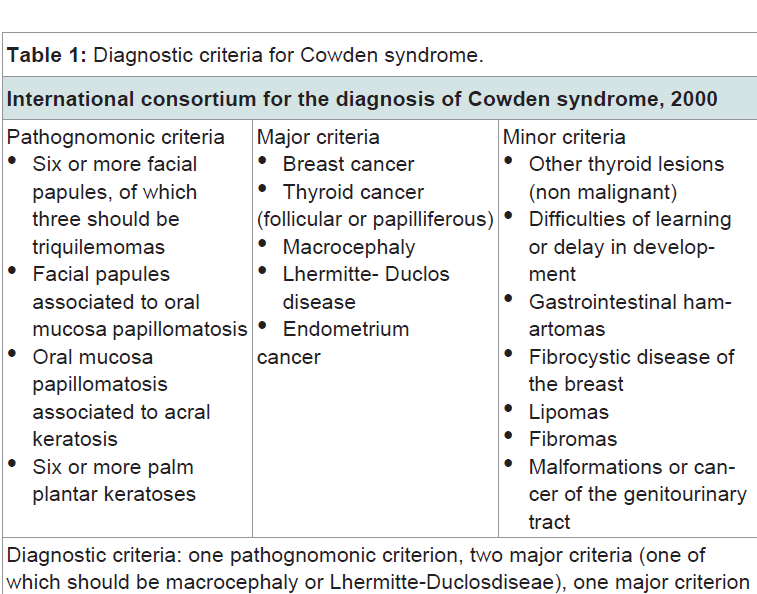






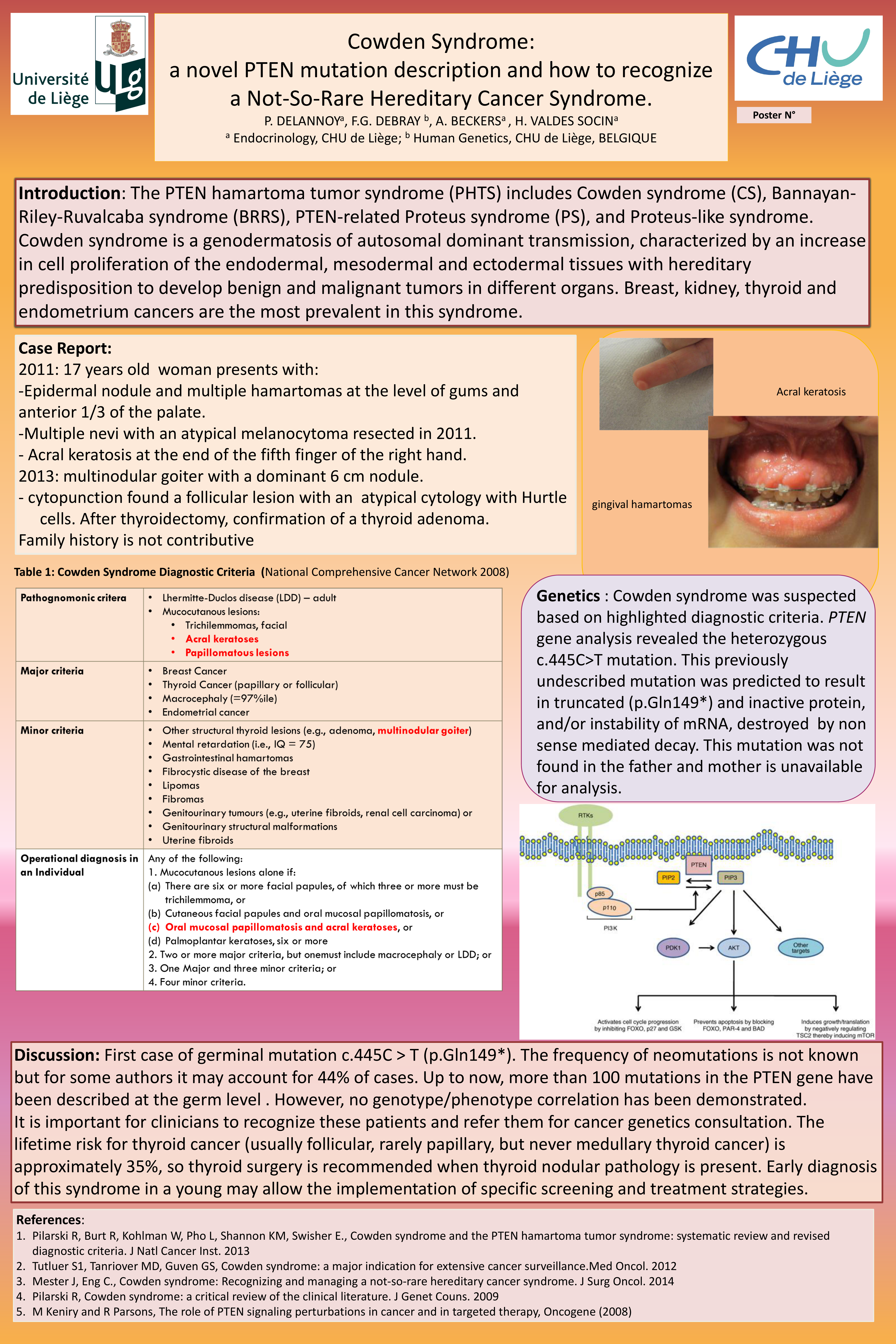




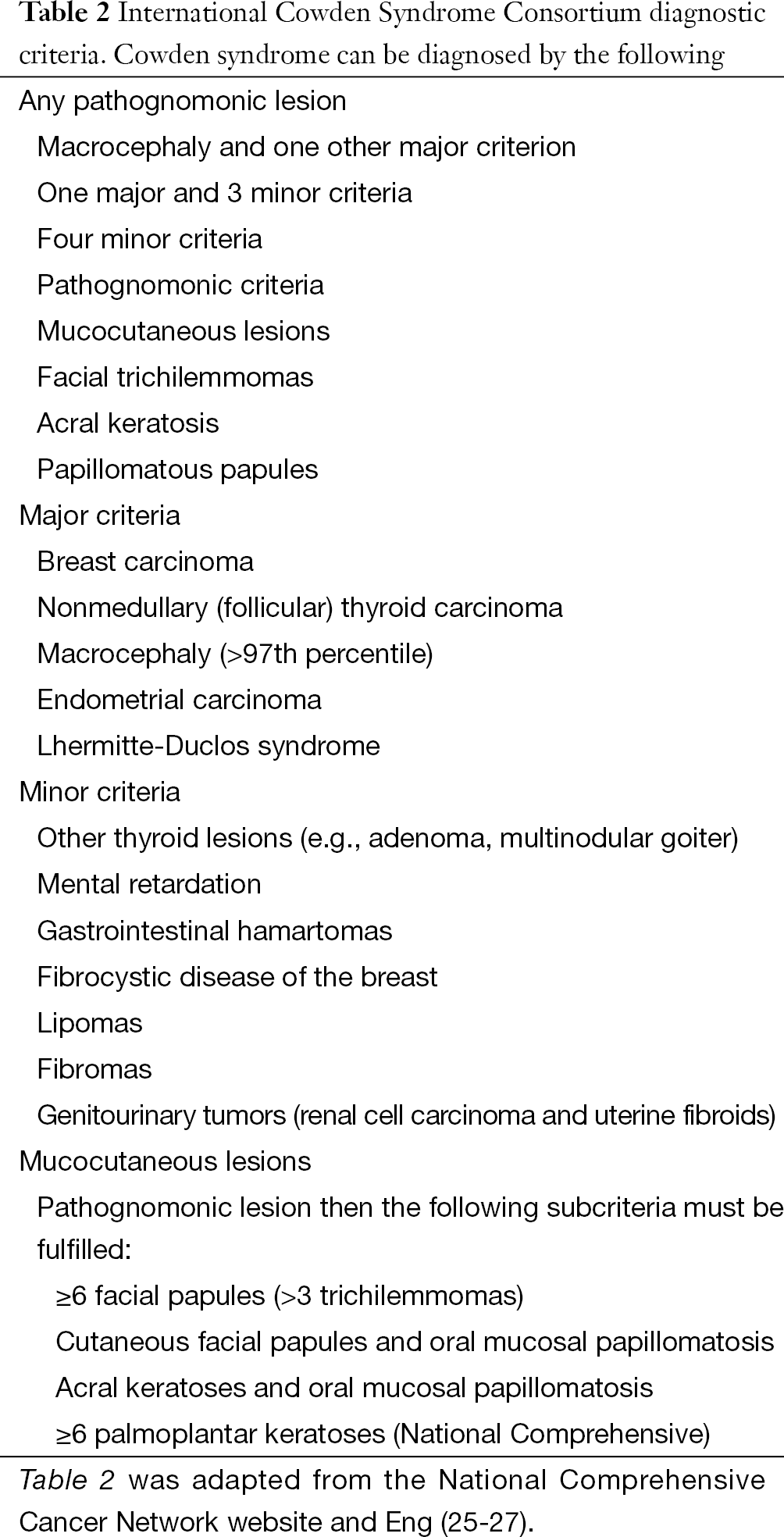
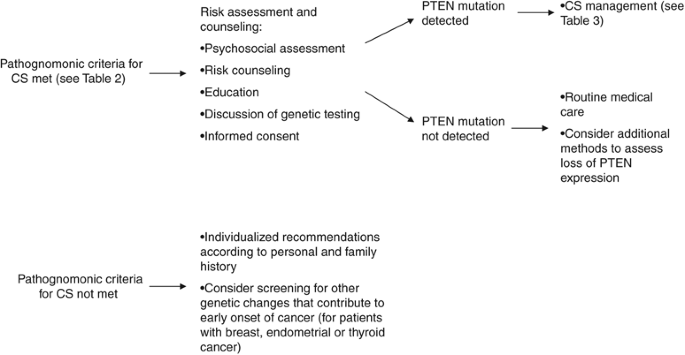






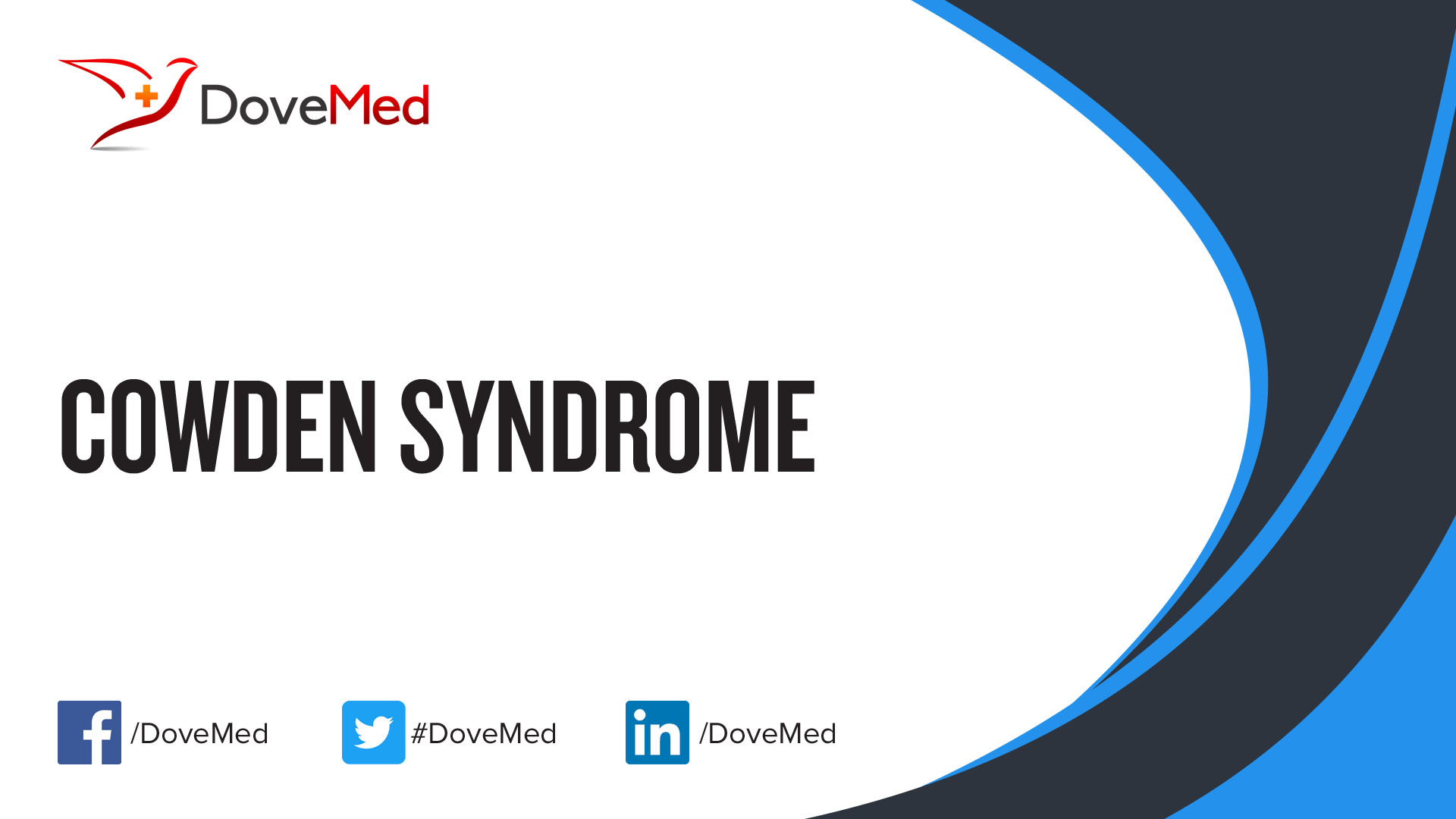


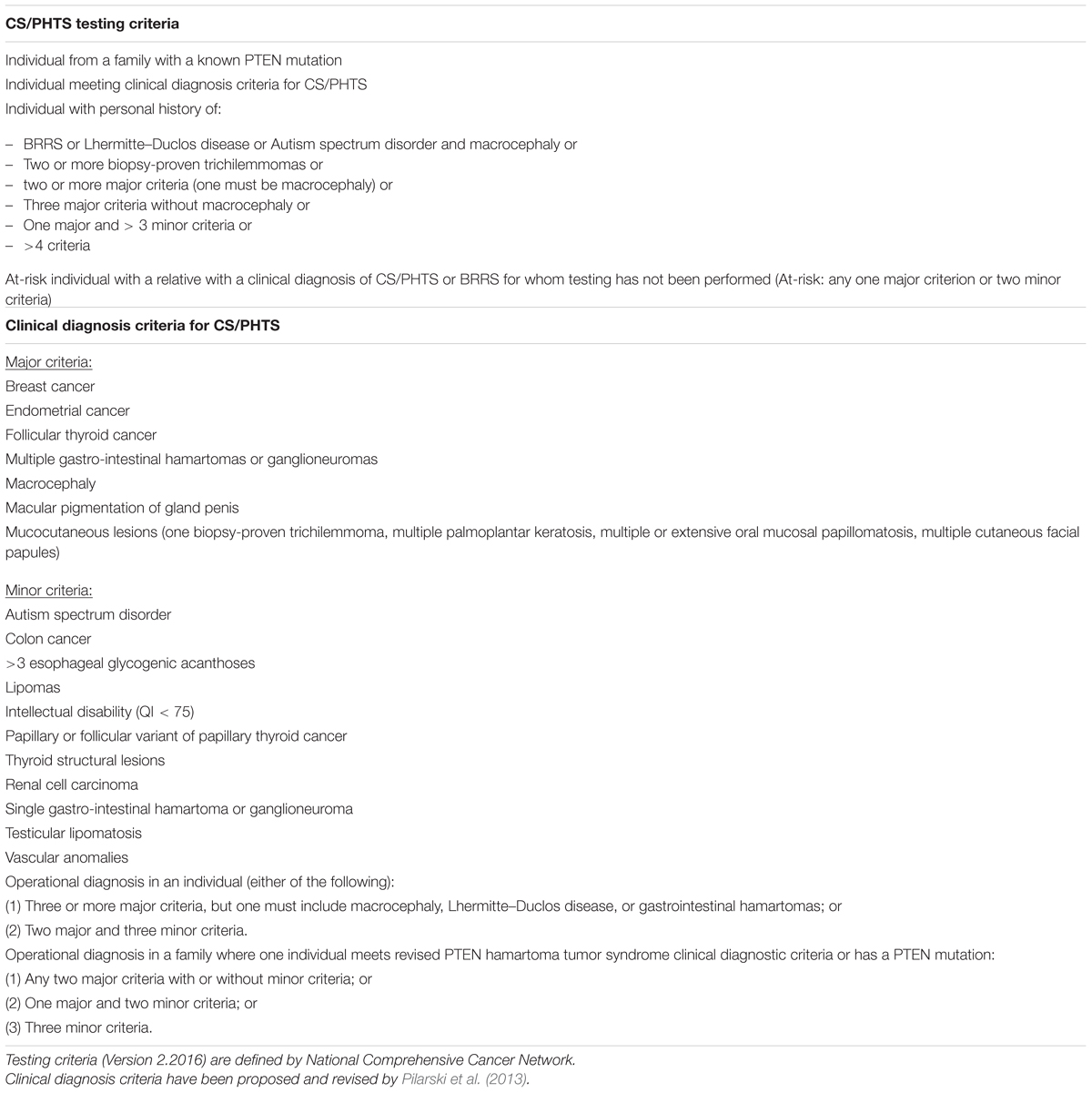




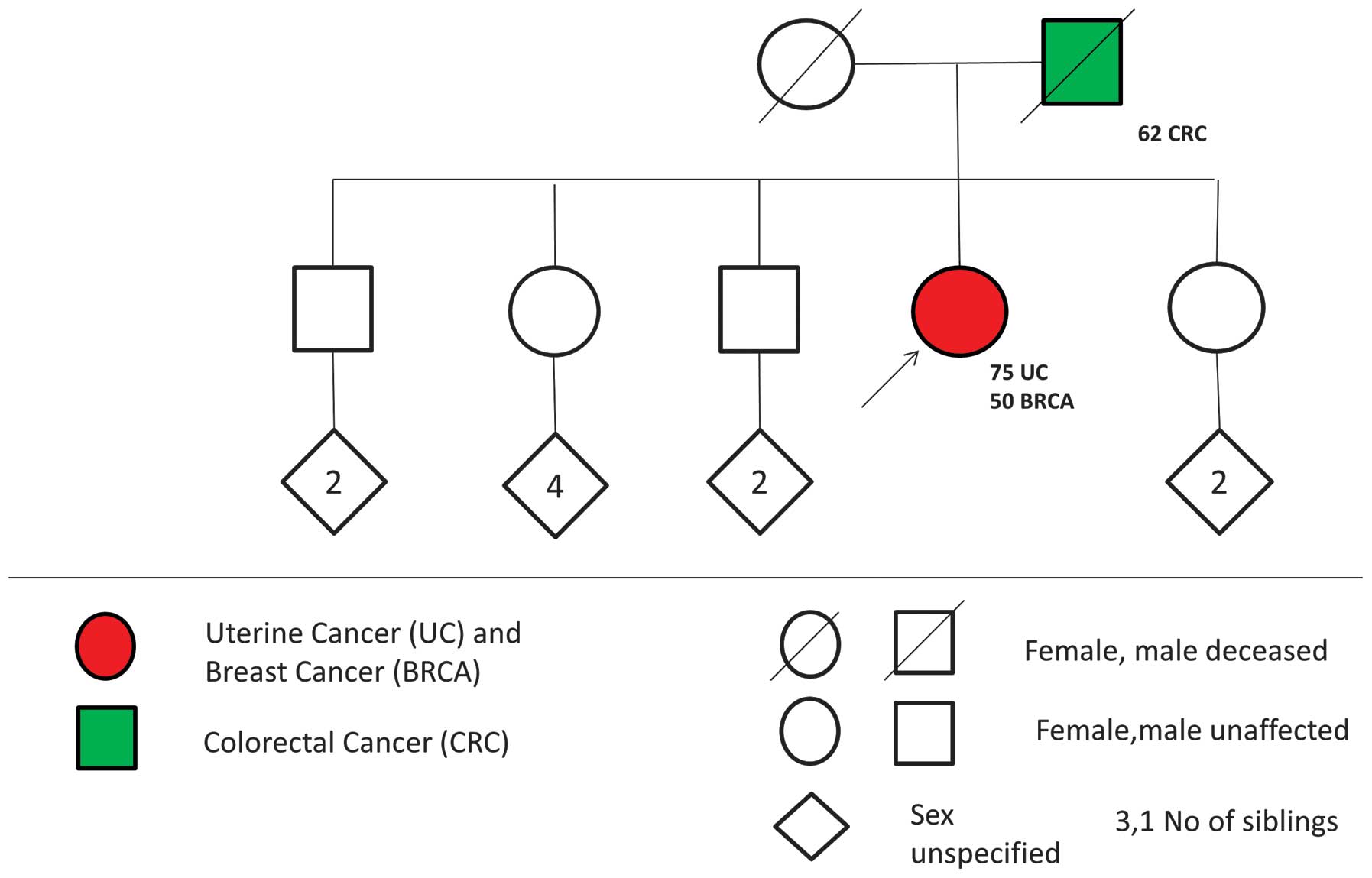
Post a Comment for "Cowden Syndrome Diagnostic Criteria"